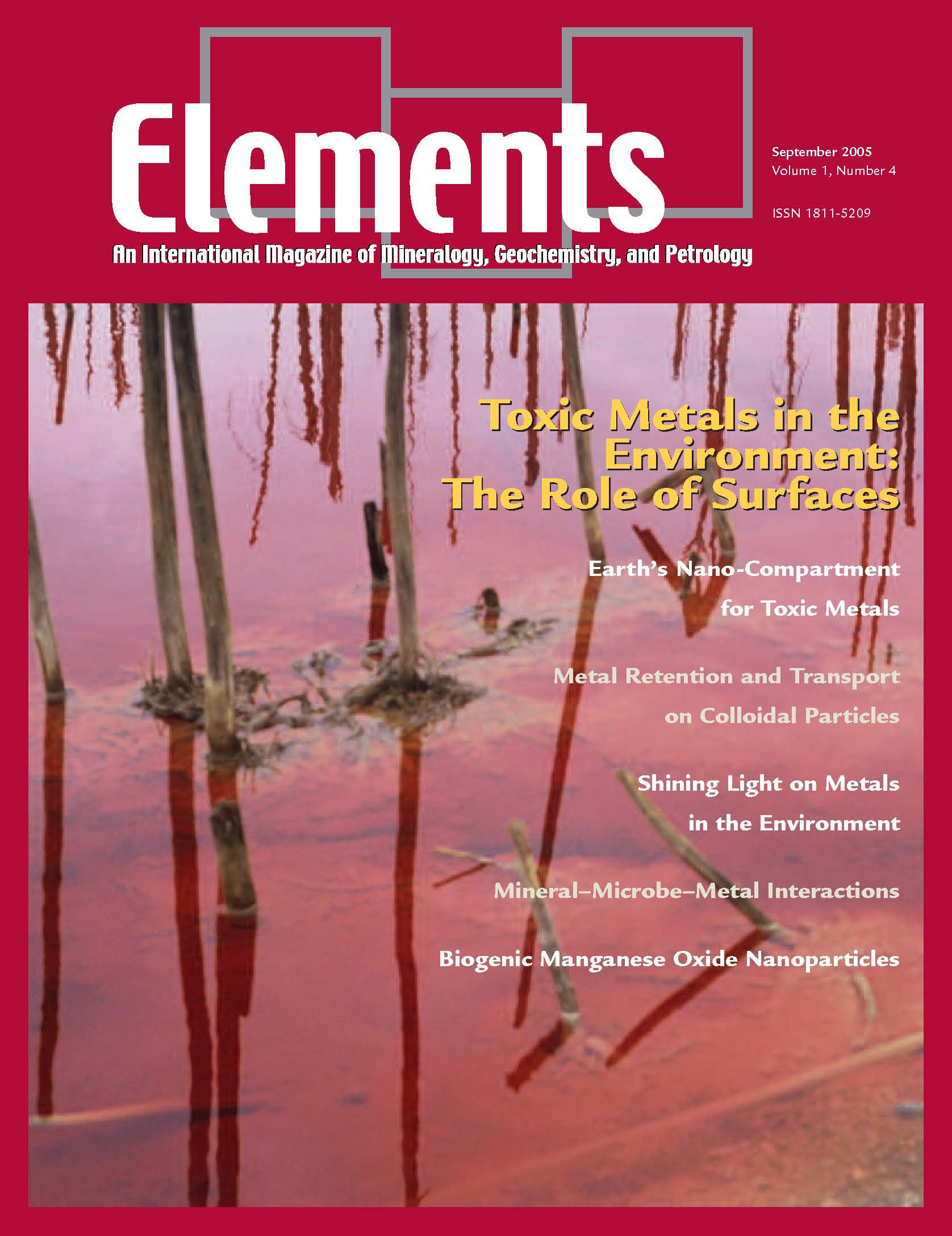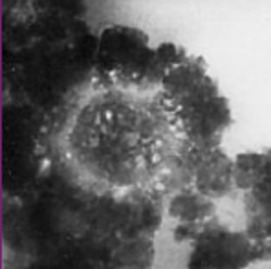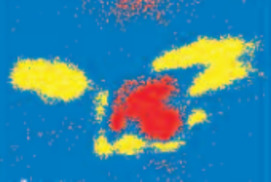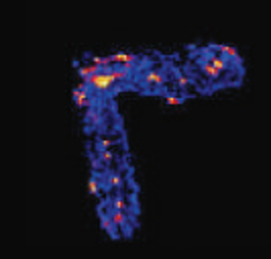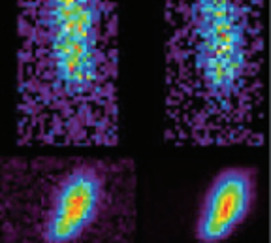
Toxic Metals in the Environment: The Role of Surfaces
Donald L. Sparks – Guest Editors
Table of Contents
The fate, transport, and bioavailability of toxic metals in the environment are of major concern worldwide. Surfaces control such important processes as metal sorption, redox, and dissolution. This issue will explore some of the frontiers in understanding and predicting metal reactions and mechanisms on natural surfaces. These phenomena will be explored at multiple scales, using novel analytical techniques.
- Toxic Metals in the Environment: The Role of Surfaces
- Earth’s Nano-Compartment for Toxic Metals
- Metal Retention and Transport on Colloidal Particles in the Environment
- Shining Light on Metals in the Environment
- Synchrotron X-ray Investigations of Mineral–Microbe–Metal Interactions
- Trace Metal Retention on Biogenic Manganese Oxide Nanoparticles
Activation Laboratories Ltd. (Actlabs)
Blackwell Publishing
Environmental Isotope Laboratory
Excalibur Mineral Corporation
Hudson Institute of Mineralogy
Materials Data (MDI)
Meiji Techno America
Micronex
Rigaku
RockWare
University of Buffalo
University of Calgary
v1n5 Large Igneous Provinces and Environmental Change
Guest editor: Andrew D. Saunders,
Large igneous provinces record major outpourings of igneous rocks, both on the continents and in ocean basins. Their origin is still vigor-ously disputed, with models invoking mantle plumes, thermal effects of the lithosphere, and meteorite impacts. The environmental conse-quences are also hotly debated: some argue that voluminous flood basalt volcanism triggered catastrophic changes in the global climate and mass extinctions, whereas others believe their effects much less significant.
- Large Igneous Provinces: Origin and Environmental Consequences Andrew D. Saunders (University of Leicester)
- Large Igneous Provinces and the Mantle Plume Hypothesis Ian H. Campbell (The Australian National University)
- Large Igneous Provinces, Delamination, and Fertile Mantle Don L. Anderson (California Institute of Technology)
- Meteorite Impacts as Triggers to Large Igneous Provinces Adrian P. Jones (University College London)
- Gas Fluxes from Flood Basalt Eruptions Stephen Self (The Open University), Thorvaldur Thordarson, Mike Widdowson
- Oceanic LIPs: The Kiss of Death Andrew C. Kerr
- The Link between Large Igneous Province Eruptions and Mass Extinctions Paul Wignall (The University of Leeds)
- Fluids in Planetary Systems (January 2005 )
- Diamonds (March 2005)
- Genesis: Rocks, Minerals, and the Geochemical Origin of Life (June 2005)
- Toxic Metals in the Environment: The Role of Surfaces (September 2005)
- Large Igneous Provinces: Origin and Environmental Consequences (December 2005 )


